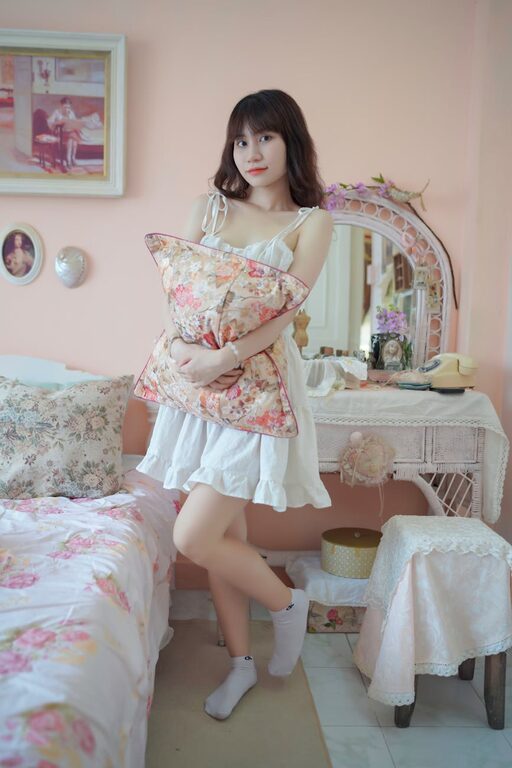Creating a peaceful and calming atmosphere in your home starts with the colors you choose. Colors have the power to influence mood, energy, and even productivity. If you’re looking to design a space that feels tranquil and inviting, opting for calm colors is a great place to start. In this post, we’ll explore practical tips to help you select the perfect calm colors for your home.
Why Choose Calm Colors?
Calm colors evoke feelings of relaxation and serenity. They can reduce stress and create a soothing environment, making them ideal for spaces meant for rest and rejuvenation, such as bedrooms, living rooms, and bathrooms. These colors often include soft blues, greens, neutrals, and muted pastels.
Understanding Calm Color Palettes
Before diving into specific colors, it’s helpful to understand what makes a color “calm”:
– Low Saturation: Soft, muted tones are less intense and more soothing than bright or neon shades.
– Cool or Neutral Undertones: Blues and greens with cool undertones tend to feel peaceful, while warm neutrals like beige and taupe create a cozy sense of calm.
– Consistency: Using a consistent palette throughout your space can prevent visual clutter and promote harmony.
Tips for Choosing Calm Colors
1. Consider the Purpose of Each Room
Each room serves a different purpose, so the chosen colors should support that function. For example:
– Bedroom: Light blues, soft grays, or gentle greens encourage restful sleep.
– Living Room: Warm neutrals or muted earthy tones foster comfort and relaxation.
– Bathroom: Crisp whites paired with pale blues or greens create a fresh, spa-like feel.
2. Test Colors in Different Lighting
Lighting dramatically affects how colors appear. Natural light shows true colors, while artificial lights can cast warm or cool tones. To avoid surprises:
– Paint sample patches on your walls.
– Observe the colors at different times of the day.
– Note how the color changes under natural and artificial light.
3. Use Nature as Inspiration
Colors found in nature tend to promote calmness. Think of:
– Sky blues
– Soft greens of leaves
– Earthy browns and tans
– Gentle sand or stone grays
These hues often feel grounding and relaxing because they connect us with the outdoors.
4. Balance Cool and Warm Tones
While cool colors like blue and green are inherently calming, adding warm elements prevents the space from feeling cold or sterile. For example, pairing a muted blue wall with warm wooden furniture can provide balance and coziness.
5. Limit Bold Accents
To maintain a calm vibe, reserve bright or bold colors for small accents such as throw pillows, artwork, or decorative objects. This adds personality without overwhelming the senses.
6. Opt for Matte Finishes
Glossy or shiny paint finishes can reflect light harshly and create visual stimulation. Matte or eggshell finishes help keep the atmosphere soft and subtle.
7. Use Color Psychology as a Guide
Different colors have different emotional effects:
– Blue: Often linked with calm, stability, and trust.
– Green: Represents nature, renewal, and balance.
– Lavender: A gentle shade of purple that promotes relaxation and calm.
– Beige and Taupe: Neutral shades that provide warmth without distraction.
While these effects can vary by individual, they offer a useful starting point.
8. Keep It Simple
Sometimes less is more. Choosing one or two main calm colors and using them throughout the room can create a cohesive and restful environment.
Practical Examples of Calm Color Combinations
Here are some tried and tested combinations that work well in different rooms:
– Soft Blue and White: Perfect for a tranquil bedroom or bathroom.
– Sage Green and Light Gray: Ideal for living rooms or home offices.
– Warm Beige and Dusty Rose: Adds warmth and softness to a reading nook or guest room.
– Muted Lavender and Soft Cream: Suitable for relaxation areas or meditation spaces.
Additional Tips for Enhancing Calmness
Besides color, consider these elements for a more calming home:
– Natural Materials: Wood, cotton, linen, and stone add texture and warmth.
– Minimalist Decor: Reducing clutter helps maintain a peaceful environment.
– Soft Lighting: Use lamps and dimmable lights to create gentle illumination.
Final Thoughts
Choosing calm colors for your home can dramatically improve your living experience by fostering relaxation and peace. Remember to consider the purpose of each space, test colors thoroughly, and keep your choices simple and nature-inspired. With these tips, you’ll be well on your way to creating the serene sanctuary you deserve.
—
Feel free to share your favorite calm color combinations or ask questions in the comments below!



